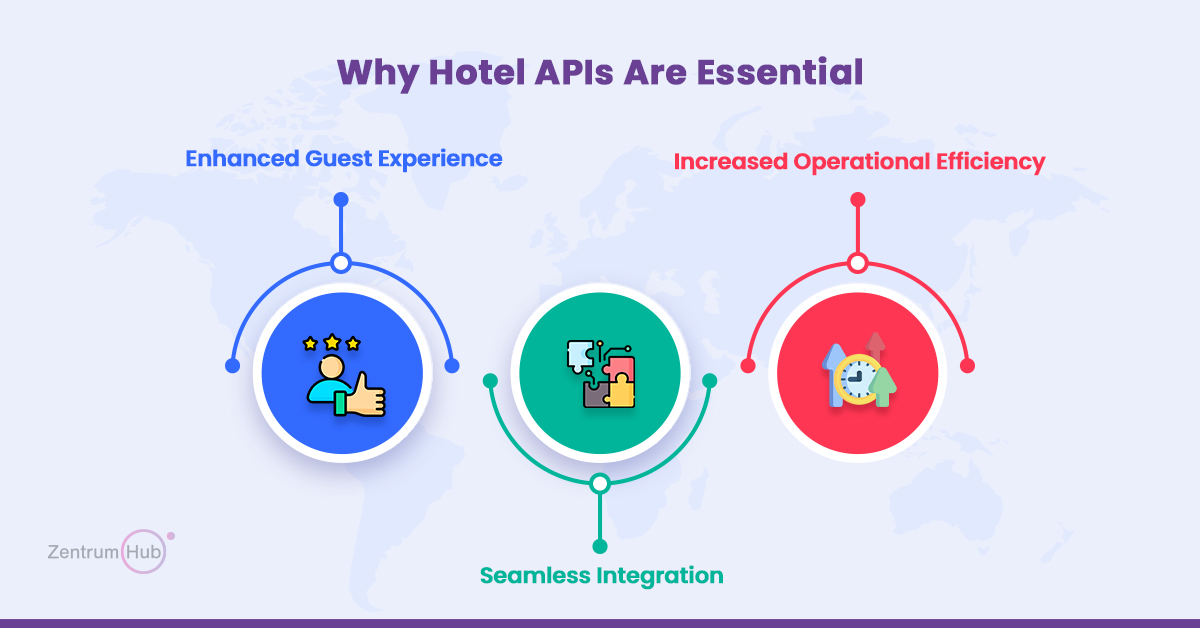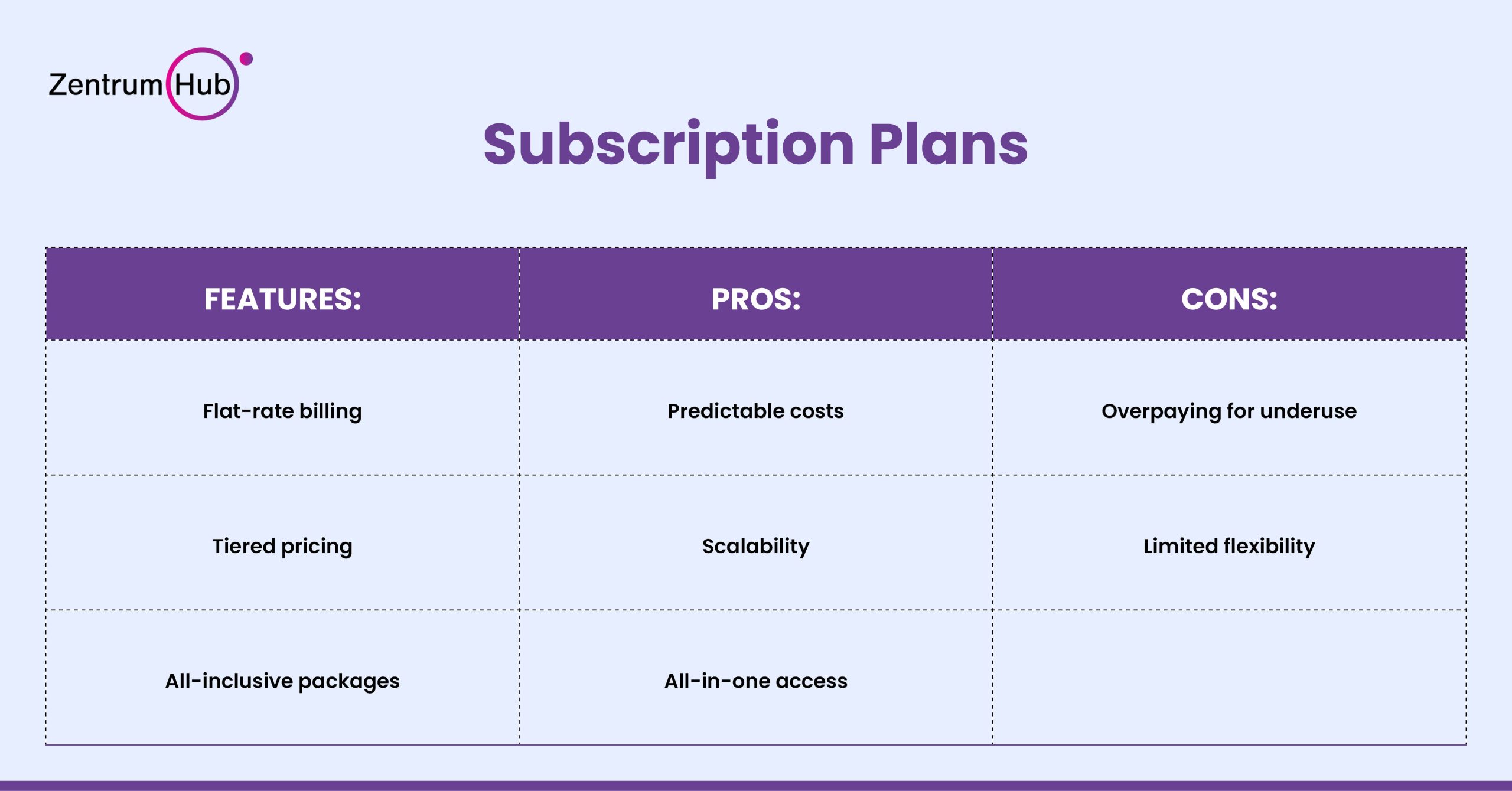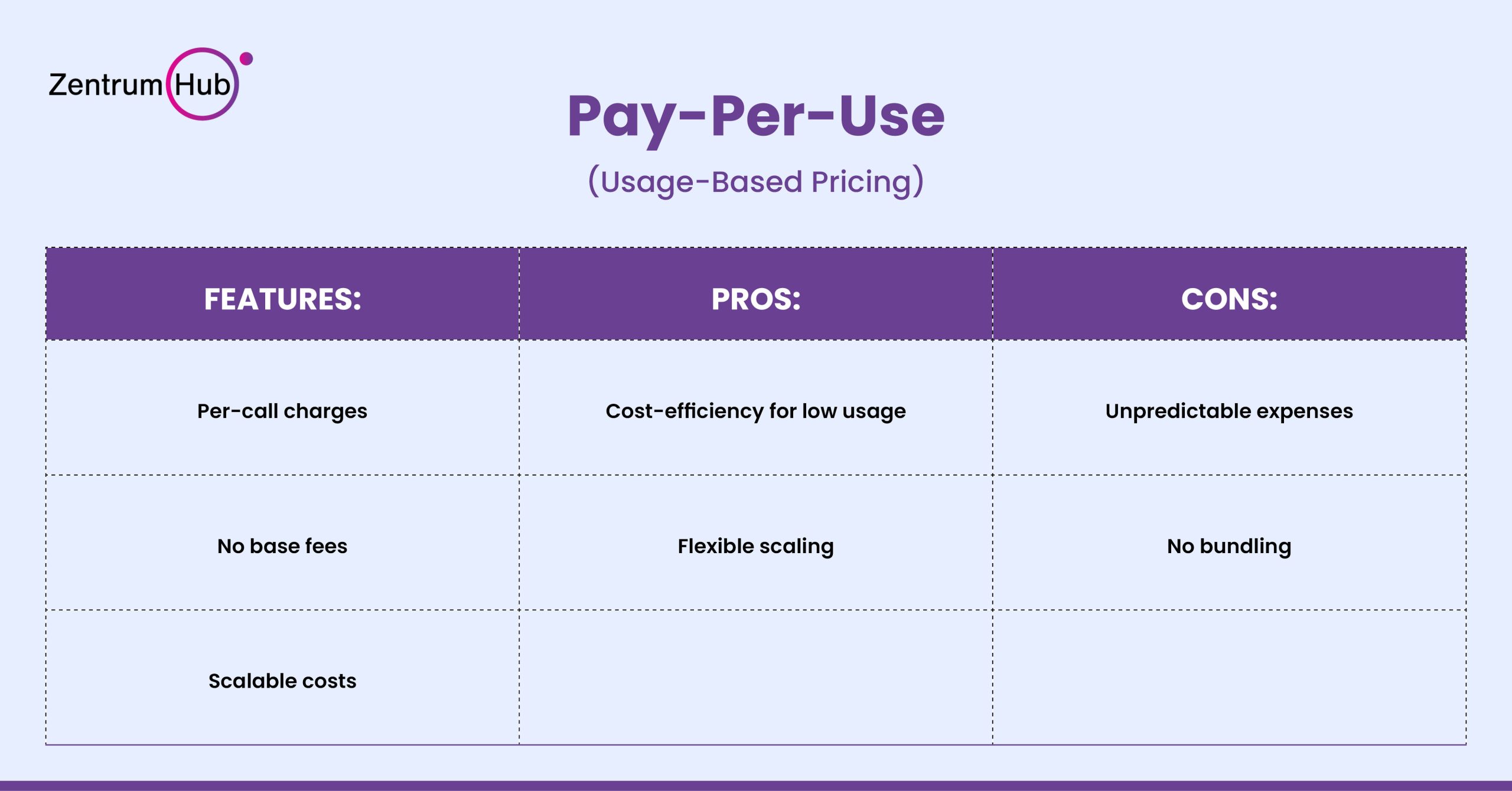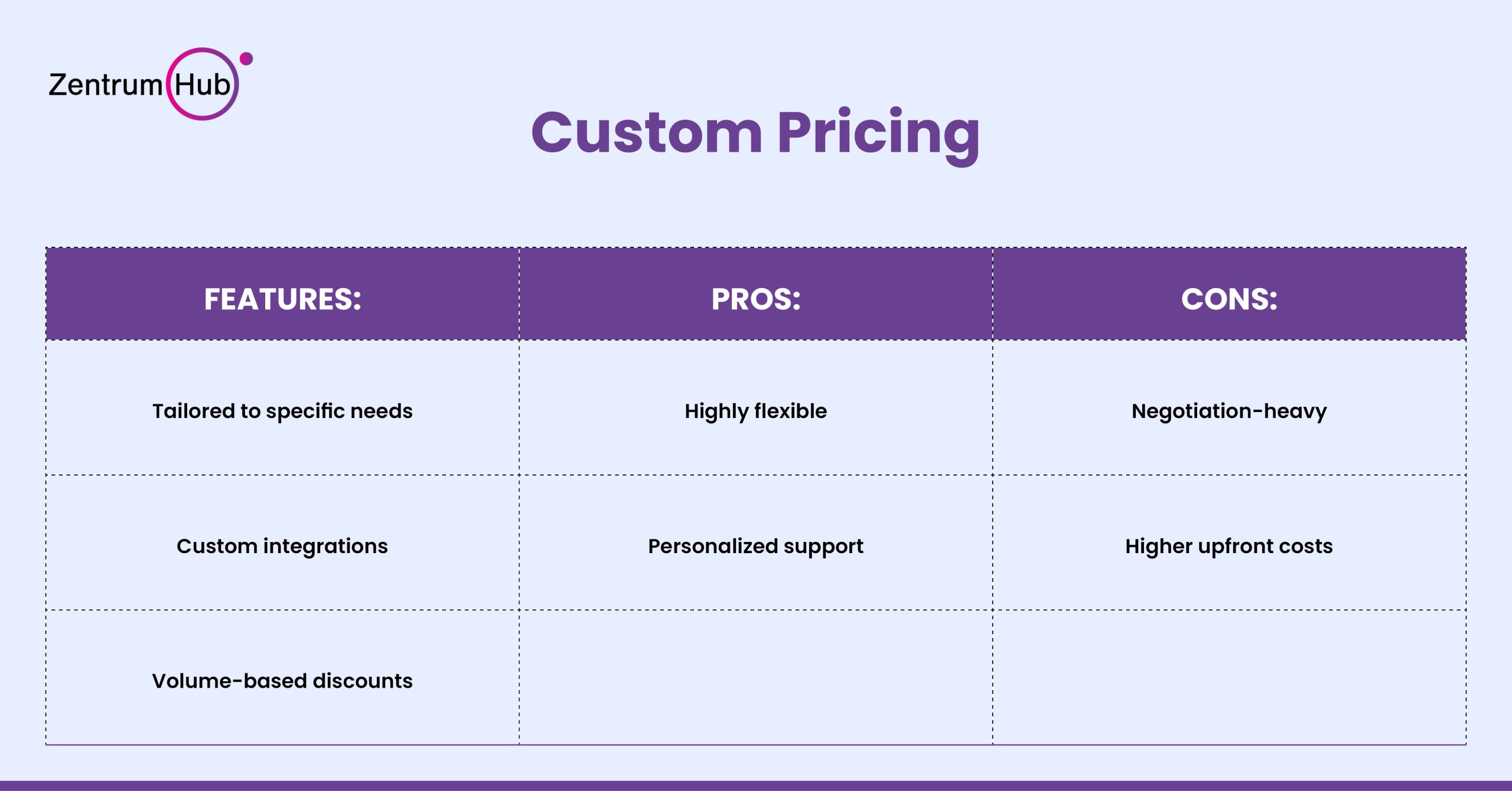When it comes to integrating a hotel API into your operations, pricing is often the first concern. The cost of a hotel API can vary significantly based on your business model, size, and usage patterns. Unlike a one-size-fits-all solution, hotel API pricing is usually offered in three main models: subscription plans, pay-per-use, and custom pricing. Each option has its own benefits and drawbacks, and the right one for you depends on the specific needs of your property.
Let’s break down these pricing models to give you a clear understanding of how each works and what you can expect.

Before diving into the pricing models, it’s important to understand why hotel APIs are so critical for today’s hotels. Here’s what they do:

With these benefits in mind, let’s move on to the different pricing models you’re likely to encounter.
Overview
Subscription-based pricing is one of the most popular models for hotel APIs. Typically, providers charge a monthly or annual fee, offering a fixed set of features or usage limits. This model provides predictability in budgeting, as you pay a set amount regardless of usage.
Who It’s Best For
Subscription plans are ideal for hotels with steady API usage, where a predictable number of transactions or data calls occur each month. Larger hotels or hotel chains with consistent demand for connectivity between systems often prefer this pricing structure.
Key Features
Pros
Cons

Overview
In a pay-per-use pricing model, you are charged based on the number of API calls, data transactions, or interactions. This model is performance-driven, with costs fluctuating depending on actual use. It’s similar to how some utilities (like water or electricity) are billed—use more, pay more.
Who It’s Best For
This pricing model is perfect for hotels with variable usage patterns. If your hotel has seasonal spikes in occupancy or uses the API only for specific functions (such as during promotions or events), pay-per-use can help minimize costs during off-peak times.
Key Features
Pros
Cons

Overview
For larger hotel chains, groups with specific requirements, or boutique properties needing unique integrations, custom pricing is often the best option. This model allows hoteliers to negotiate a tailored package that aligns with their operational goals, user volume, and feature set.
Who It’s Best For
Custom pricing is ideal for businesses with complex needs, such as large hotel chains that require deep integration between multiple systems (PMS, CRS, revenue management, etc.). This model is also suited for boutique hotels or properties that need specialized solutions not covered by traditional plans.
Key Features
Pros
Cons
Selecting the right hotel API provider and pricing model depends on several factors:
Understanding the different pricing models for hotel APIs—whether it’s subscription-based, pay-per-use, or custom pricing—can help you make an informed decision that aligns with your operational and financial goals. Each model has its own advantages and challenges, but the right choice will ultimately depend on the size of your property, the consistency of your API usage, and the level of customization you require.
By carefully evaluating your hotel’s needs and the available pricing structures, you can unlock the full potential of hotel APIs without overspending.
We use cookies to ensure that we give you the best experience on our website. If you continue to use this site we will assume that you are happy with it.
